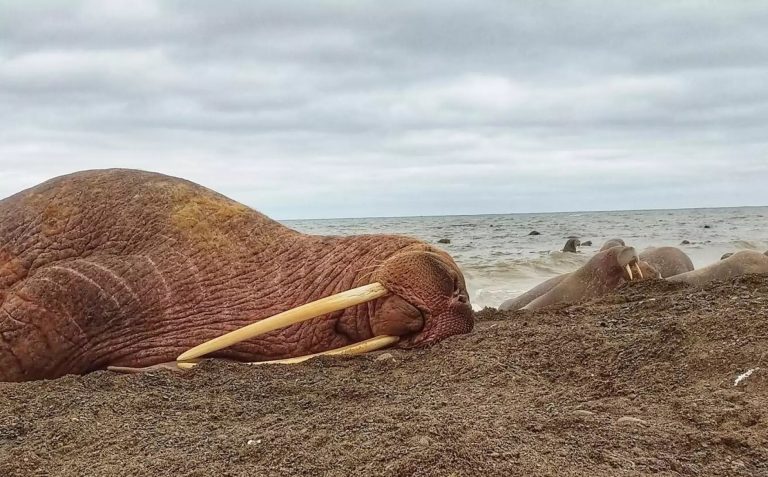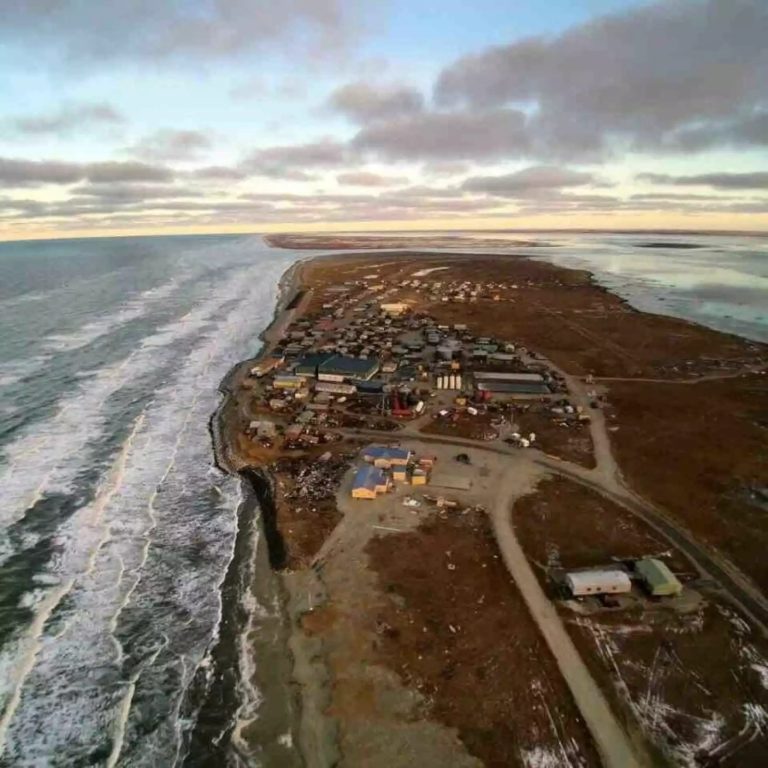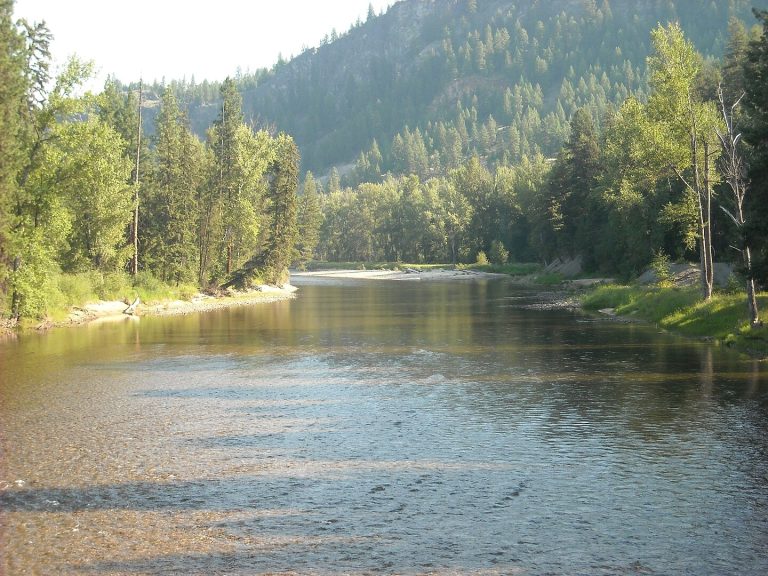Podcast: Play in new window | Download | Embed
Photo: Alameda County Coroner’s sign. (I Love Old Signs! / Flickr)
A group of researchers have found gaps in how death certificates are maintained with implications for Native Americans’ health.
The Mountain West News Bureau’s Kaleb Roedel has more.
Researchers from prestigious universities to Indigenous communities studied death certificates from 2008 to 2019.
They found Native Americans have a life expectancy of roughly 72 years old. The national average is 79.
That’s a much bigger gap than official stats show, says Jacob Bor.
He’s an associate professor at the Boston University School of Public Health and the study’s lead author.
“American Indian populations have been subjected to deliberate policies of physical and cultural erasure for centuries. These patterns have contributed to today’s economic and physical marginalization and deprivation and to poor outcomes in these populations.”
Bor and his team uncovered another problem.
Death certificates for at least 40% of Native Americans failed to identify them as American Indian or Alaska Native.
In most cases, their race was misreported as “white.”

Tony Duncan, left, competing at the 2025 World Championship Hoop Dance Contest in Feburary and a sheet of the USPS powwow Forever Stamps. (Photo: Gabriel Pietrorazio / KJZZ)
The U.S. Postal Service (USPS) recently unveiled four special Forever Stamps celebrating powwows.
KJZZ’s Gabriel Pietrorazio spoke with the artist behind the new collection.
The Gathering of Nations – held annually in Albuquerque, N.M. – is where this new collection was released back in April.
These tiny pieces of postage are, in part, brought to life by performers Tony Duncan, his wife, Violet, and their eldest child, Manaya.
There are four designs – each honoring a different style of dance: Traditional, Fancy Shawl, Crow Hop, and Hoop.
The New Mexico-based painter who designed the Forever Stamps tells the rest of his story behind hand-picking the Duncan family.
“Hi, my name is Mateo Romero. I’m a tribal member from Cochiti Pueblo. I’m a contemporary Southwestern painter and I’ve worked on the USPS forever sheet stamp, the powwow series with the Duncan family and with KamiJo Whiteclay.
“I don’t know of a way where an artist could sort of catch the attention of USPS. It just happened organically. And I was very flattered. I was very honored to do it.
“It’s actually not easy to take a painting and translate it into a stamp. I did four paintings for USPS, which I think were like 24 by 30 inches, and then to make it into something the size of your thumb, that’s actually a little tricky, because it has to really carry color. But I think they did a really good job. I mean, I think the colors are clear and the shadows are nice and the faces pop out. It seems to work. You know, I was actually surprised at how well they did it. Yeah, I got shocked at how well it came out.
“That’s really what I was trying to do was capture the sort of visual analog of what it might be if you were at a powwow and you’re looking at dancers, and you could hear the sound of the drum behind you. And so I think they move in that direction where they’re beginning to resonate like that – sort of give people maybe some visual cues of what it might be to actually be there.
“I did my best. I tried to bring in the best people and the best energy I could kind of make it come alive. It’s really their story. You know, that’s the cool part about it. I mean, I’m the painter, and I’ve created this message, and I’ve put it out there. People seem to like it, but the story really is their story, right? It’s their family and their energy. They actually, in this respect, have become the face of powwow for this moment to the world. They’re the face of the Forever Stamp, and their story is being used in a good way to show the larger story of the powwow.”
Get National Native News delivered to your inbox daily. Sign up for our daily newsletter today.



